Today the Researcher’s Corner discusses using Nonconformity as a research tool. Sorting members of the Wood family into households can be challenging but religious affiliation can prove or disprove relationships, enabling the construction of family group sheets.
Tradition of Nonconformity in Essex
A basic knowledge of Protestantism, Catholicism, and the laws of England that governed religious observance before 1800 provides context and guardrails to place individuals securely into households.
According to Michael Watts in The Dissenters, Essex has always been strongly nonconformist (The Dissenters Volume 1, page 509. Watts, Michael. Clarendon Press, 1978).
The county of Essex had the highest number of Independents in England, the second highest number of Quakers after London, and was a stronghold of Particular Baptists and General Baptists. Essex had the 7th largest population of Presbyterians. Devon with 18,220 had the highest number of Presbyterians.
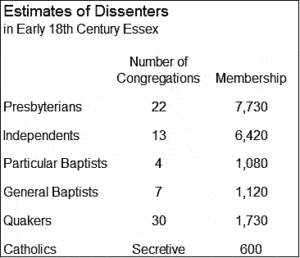
Anglicans versus Catholics
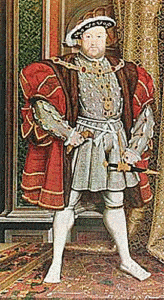 Prior to King Henry’s 1538 Act of Supremacy, England was a Catholic nation. The establishment of the Church of England as the state religion created conflict between England and Catholicism. In the sense that the Church of England rejected the Pope in Rome, the Anglican Church can be described as a Protestant church. Perhaps a more accurate description is that the Church of England is the English version of Catholicism but modified by the Book of Common Prayer. The Reformation culminated in a second wave of conflict in England, as Protestants dissented from both Catholicism and the Church of England. Between 1650 and 1800, the term “nonconformist” had two meanings, one broad and another narrow. The term could mean anyone who dissented from the Church of England. In the alternative, it could mean all dissenters except Catholics. Catholics were called Papists, Recusants, or Nonjurors, plus described as Popish or Romish. The 1689 Act of Toleration did not extend religious freedom to Catholics and Unitarians, these religions remaining prohibited.
Prior to King Henry’s 1538 Act of Supremacy, England was a Catholic nation. The establishment of the Church of England as the state religion created conflict between England and Catholicism. In the sense that the Church of England rejected the Pope in Rome, the Anglican Church can be described as a Protestant church. Perhaps a more accurate description is that the Church of England is the English version of Catholicism but modified by the Book of Common Prayer. The Reformation culminated in a second wave of conflict in England, as Protestants dissented from both Catholicism and the Church of England. Between 1650 and 1800, the term “nonconformist” had two meanings, one broad and another narrow. The term could mean anyone who dissented from the Church of England. In the alternative, it could mean all dissenters except Catholics. Catholics were called Papists, Recusants, or Nonjurors, plus described as Popish or Romish. The 1689 Act of Toleration did not extend religious freedom to Catholics and Unitarians, these religions remaining prohibited.
Persecution
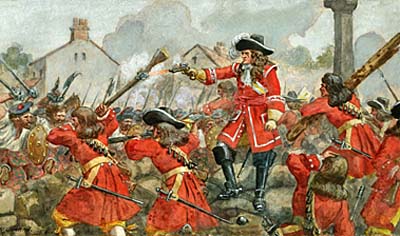
Dunkeld Uprising of 1689
Persecution of Catholics began in the 16th century and continued until the early 19th century. Although the Protestant movement began in the 16th century, the Baptists, Independents (Congregationalists), and Presbyterians were not targeted with legislation in England until the mid-17th century. The events and conflicts of the second half of the 17th century laid the foundations for modern British government. A good illustration is the contrast of John Locke and Oliver Cromwell.
John Loke (1632-1704) was born in Somerset but resided in High Laver, Essex towards the end of his career. His liberal political ideas and theory of a social contract continue to influence Western democracies. Like his contemporary Oliver Cromwell, John Locke was a Puritan. The English Civil Wars (1642-1651) and their aftermath of social unrest, however, drove these men in opposite directions. Oliver Cromwell resolved to clean society of its errors as his saw them, leading him to support legislation to persecute Catholics. In contract, John Locke argued that the lessons of the English Civil Wars taught the need for religious freedom and tolerance, which principles were adopted in the founding of the United States. The Methodists were not persecuted because they did not formally organize as a church until the 19th century.
The level of religious conflict ebbed and flowed. The relations between Catholics and Anglicans depended on the local authorities such as the parish priest. In important ways, Nonconformists lived peaceably with their neighbors in many parishes and most of the time. In Essex, however, there were three periods of intensified persecution. From the Act of Uniformity in 1559 until 1605, Catholics were martyred. During the 15 years after 1620, Quarter Session records show that authorities were zealous to impose fines and intimidate those failing to attend the Anglican church. The two decades prior to the Act of Toleration was a period of strife for all of England.
Nonconformist Parishes
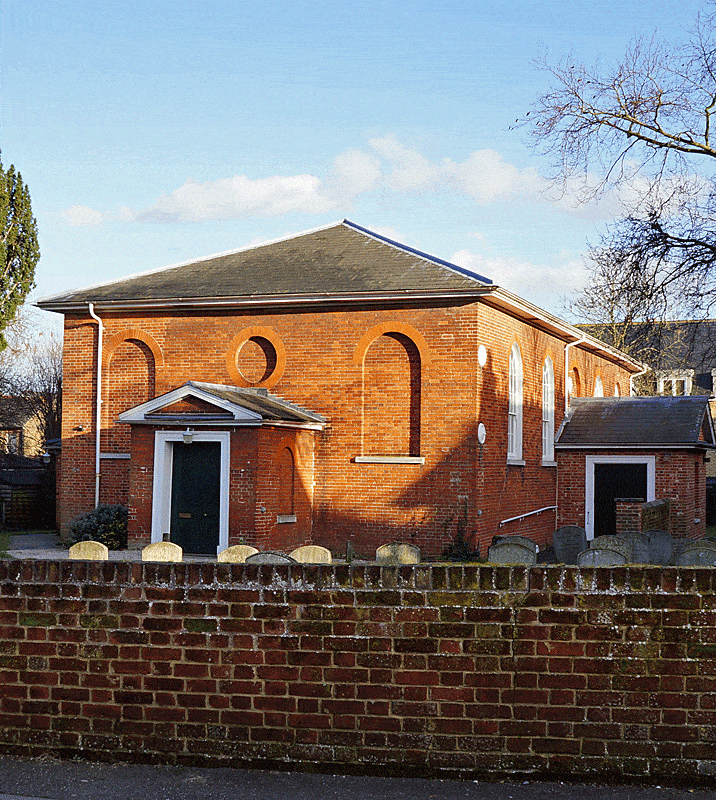
Maldon Quaker Meeting House
From 1550 until 1850 the center of Catholicism in Essex was the seat of the Lord Petre in Ingatestone and Thorndon Park. Other important parishes for Catholicism survived under the protective influence of Lord Petre, such as Brentwood, South Weald, Colchester, Navestock, Kelvedon Hatch, Stondon Massey, Barking, and Childerdirch.
While Protestant Meeting House were scattered throughout Essex during the 18th century, a few parishes are particularly noteworthy. The first established Baptist congregation of England was in Colchester. John Robinson was the beloved pastor of the Leyden Baptist church. Leyton is now part of Greater London. William Brewster sailed for the new world in 1620 with a portion of the Leyton congregation.
After arriving in the America, they remained in contact with their mother congregation in Leyton (The Dissenters Volume 1, page 51. Watts, Michael. Clarendon Press, 1978).
“General Baptists … became fairly numerous in the clothing towns of northern Essex” with thriving congregations into 17th and 18th centuries (The Dissenters Volume 1, pages 14 and 355. Watts, Michael. Clarendon Press, 1978).
The leadership of the Independent Church movement was shouldered by the capable John Owen, who was the vicar of Coggeshall. “His rise to eminence had begun in 1648 when, during the siege of Colchester, he had ministered to the parliamentary army and had won the friendship of both Fairfax and Ireton. (The Dissenters Volume 1, page 134. Watts, Michael. Clarendon Press, 1978).
Brentwood and Rookwood Hall near Abbess Roding became important gatherings of Presbyterians.
Marriage Act of 1753
The establishment of a state religion mandated marriages to be performed in the presence of a clergyman of the Church of England. To avoid this requirement, nonconformists married in secret. The Marriage Act of 1753 added an additional requirement that all legal marriages had to be performed in an Anglican parish church, except for Jews and Quakers. Until the Marriage Act of 1836, which made it legal for Nonconformist and Papists to marry in their own place of worship, London destination weddings were popular among nonconformists, particularly among Catholics. In London, a couple could marry in a foreign embassy in secret, and then attend an Anglican ceremony to make the marriage legal.
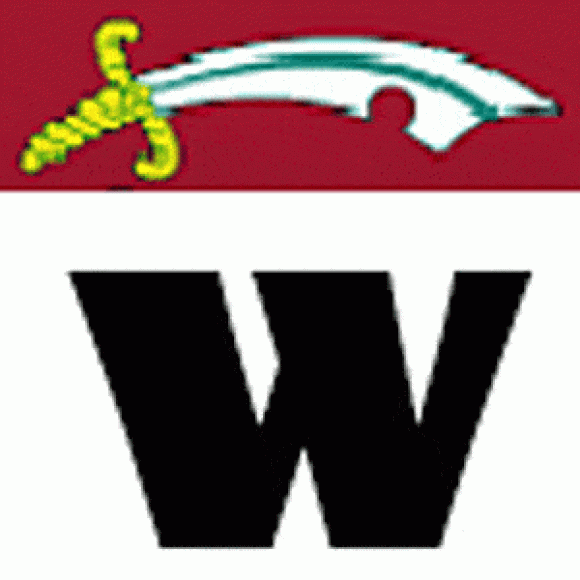
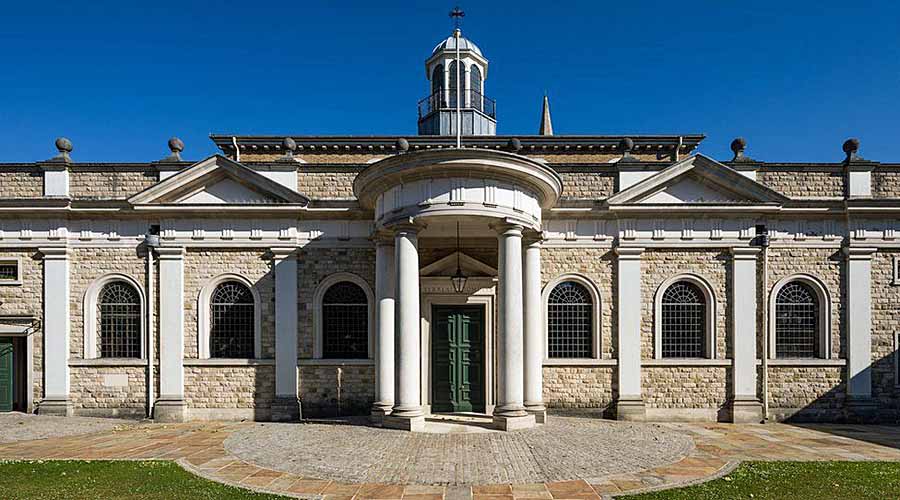
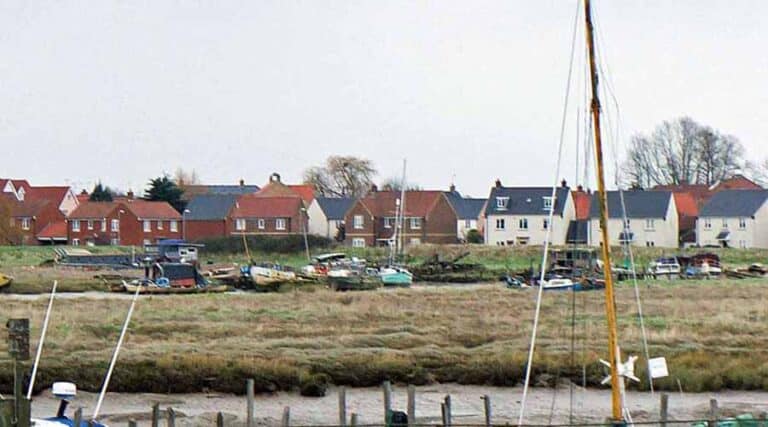
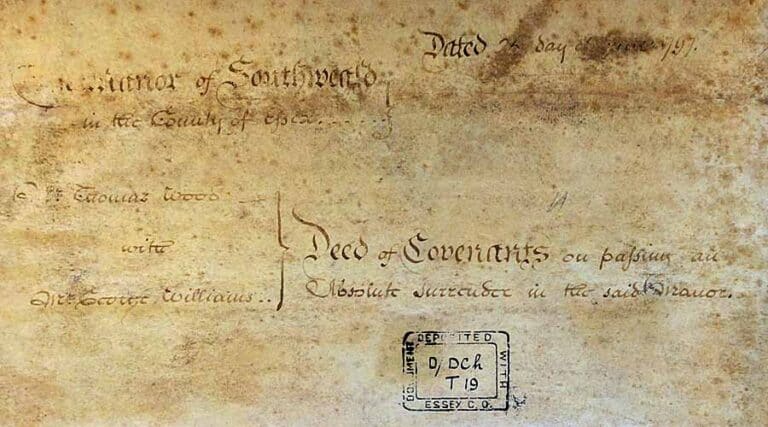
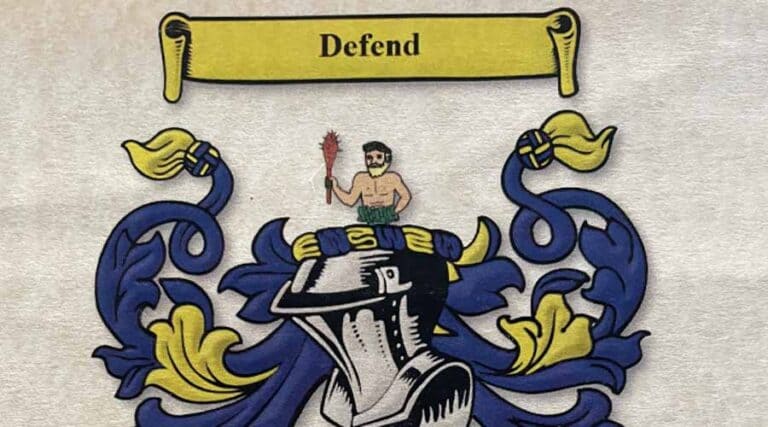
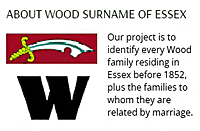
1 thought on “Nonconformity in Essex”
vvvvvvv